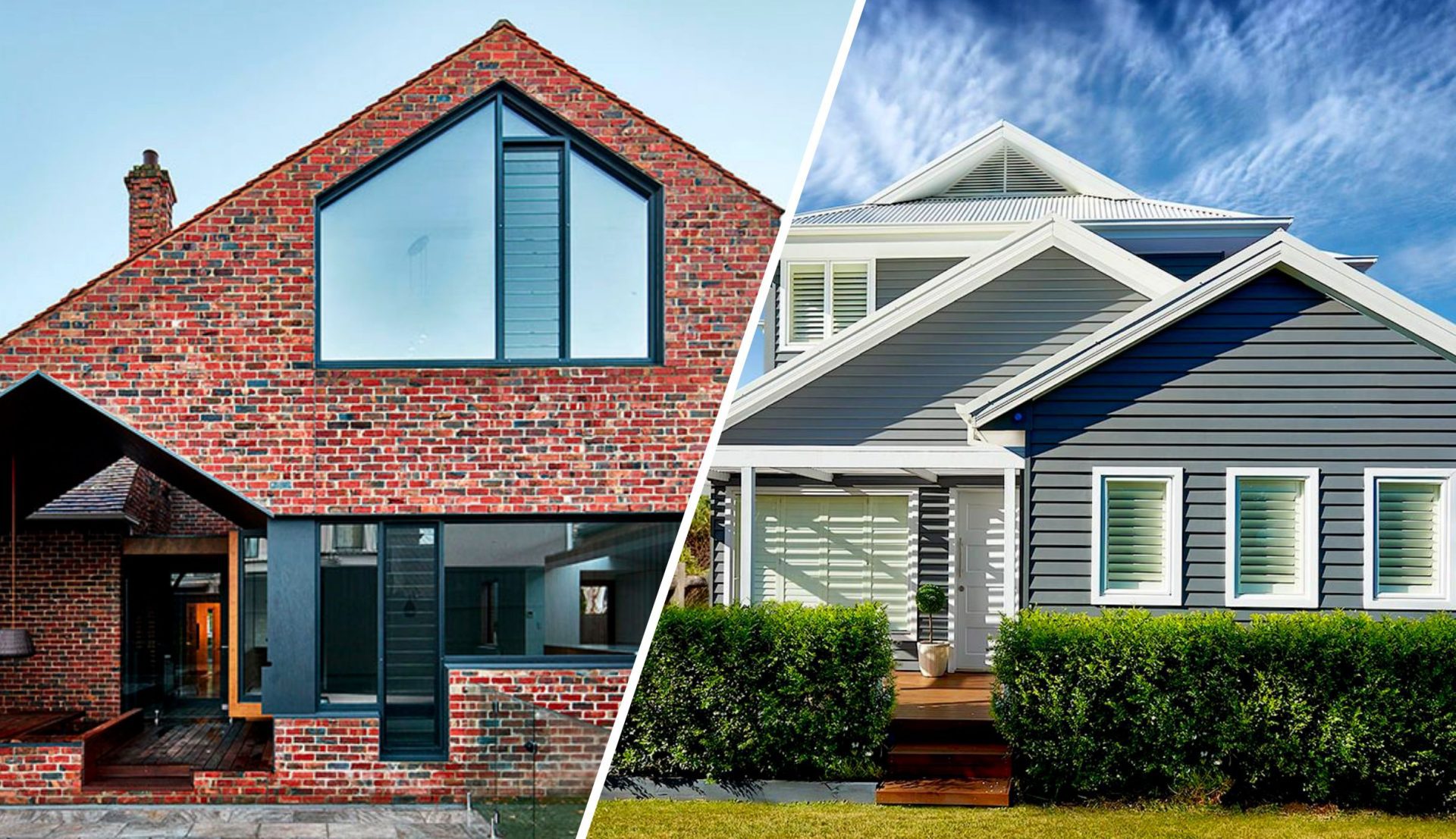Tell me, property investors, will you pay –
An extra $200k fora 4-bedder rather than a 3, or
An extra $50k for one more bathroom, or
An extra $150k for a brick house instead of a weatherboard one
…To achieve “better growth”?
I hope your answers are “No”. When it comes to capital growth, remember it has NOTHING to do with these factors (pending you pay the relative prices for the above).
To make this easier to understand, let’s have a look at some real-life cases. We are going to compare the growth rate of houses with different numbers of bedrooms, bathrooms and built with different materials. All cases we use in this blog are selected from the Brisbane SA3 (ABS Statistical Area Level 3) of Sherwood –Indooroopilly (shadowed area in the below map), where there’s a good mix of houses of different sizes and materials. They have all been recently resold in the three months from Dec 2021 to Feb 2022.

Bedrooms
Below tables show 2 groups of houses in Sherwood and Graceville respectively.
In Group A, the 3-bedder outperforms the 4-bedder in growth rate (return on investment/ROI) by around 1% per year, although the 4-bedder’s absolute value growth seems higher.
Group A – 3 beds vs 4 beds (2018-2022)

While in Group B, the 6-bedder has grown slightly better than the 5-bedder in the 6+ years since its last sale.
Group B – 5 beds vs 6 beds (2015-2022)

Bigger houses may seem to grow better than the smaller ones because of the higher absolute value added. When you see that 19 Weinholt Street’s previous owner has made $155k more profit from the sale than 9 Cormack Street’s, you might think the 4-bedder is a better deal. However, don’t forget that they had put more equity in the bigger house as well! It is all about %’s not the “absolute value”. It’s also important to note that these %’s were too small of a gap to make any meaningful difference, already demonstrating that the things you may love aren’t as important as you think.
One thing that interesting to note is that influenced by the work-from-home trend in recent years, larger houses seem to be more popular – the extra bedroom can be transformed into a home office. This trend might make many think the more bedrooms the better growth. However, if you think about it, every size is bigger than another. While those who used to need a 3-bedder go for a 4-bedder, those who used to live in a 2-bedder come and get the 3-bedder. At the end of the day, all sizes will have their relevant audience and relative pricing gaps. Preference may be the first swing; however, it is often followed by affordability to close gaps longer term.
Bathrooms
The same applies to the number of bathrooms. The below 2 groups of houses have the same number of bedrooms but different numbers of bathrooms.
In Group C, the two houses’ ROI are close, while the 1-bath house has performed slightly better.
Group C – 1bath vs 3 baths (2017-2022)

On the contrary, in Group D, the 3-bath house has outperformed its 2-bath neighbour. However, the difference in annual growth rate is minor (less than 1%).
Group D – 2 baths vs 3 baths (2015-2022)

Materials
The two main types of exterior wall materials are brick (including red bricks, masonry blocks and more) and weatherboard (including timber, fibre cement, aluminium, etc).
In the below table, we have one house built with brick and another with weatherboard. From2014 to date, their value growths have been very close, with the weatherboard house growing less than 1% faster each year.
Group E – Brick vs Weatherboard (2014-2022)

With the above pair of houses, we are not suggesting that weatherboard houses grow better than brick houses but trying to stress one fact: the difference in materials does not differentiate the houses’ value growth.
We have posted a blog explaining why amenities (train stations, schools, etc.) and distance to CBD don’t affect the growth of a property a while ago, and the reason for that is similar to what we are talking about here: The existing features’ influences have been set in the property’s value. The growth, however, is determined by the local economic activities and housing demand/supply (what we would like to call“market pressure”).
One more room doesn’t make your investment a better one, neither does any specific construction material. It is buying in the right market seeing improved market pressure that makes the difference.
InvestorKit is your buyers’ agency who focus on identifying the “right market” by monitoring local economies and house market pressures nationally, it is these trends that shape house price growth ahead, not the things like beds / baths / materials.If you are too busy to search and analyse data yourself, let us do it for you! Simply hit HERE to book in your first45-min FREE non-obligation consultation today!
.svg)
